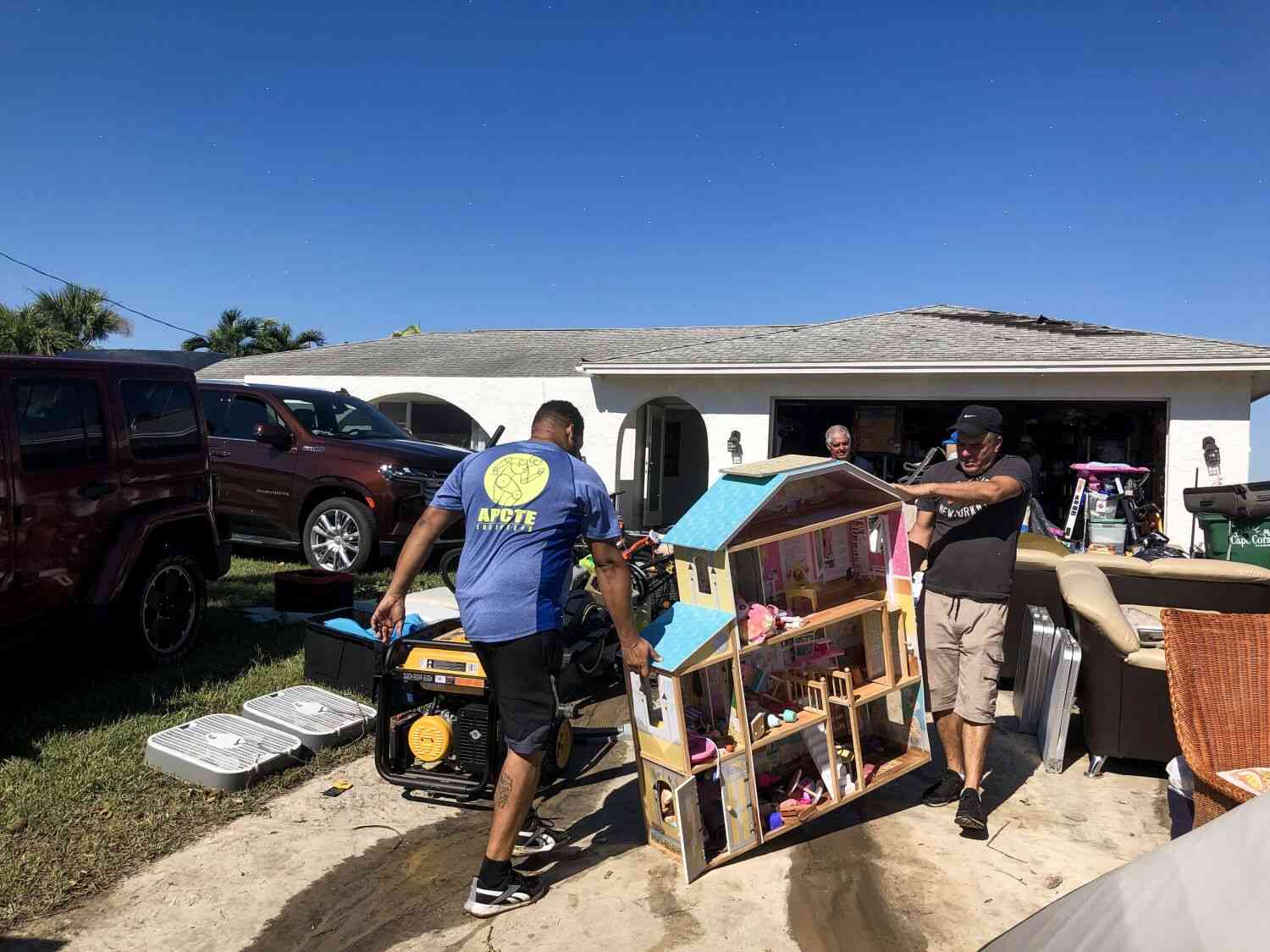After Hurricane Ian, a low-lying Florida city starts to rebuild. Should it?
The second-story windows of the Westin St. Petersburg Bayfront Tower’s lobby were blown out in 2009 by the remnants of Hurricane Wilma. (Chris Graythen/Getty Images)
In 2006, the people of St. Petersburg, Fla., were lucky to have survived the first year of the Great Recession. The third-largest city in Florida, St. Petersburg had a population of 1.5 million and a total property value of $200 billion. It was, in other words, a good place to find yourself in the grips of recession. But after Hurricane Wilma struck the city in September 2008, the situation changed. The city’s population was reduced by 70 percent, and the property value fell by more than 50 percent.
So it was with some relief that in 2009 people in the city began to feel the effects of the second-worst hurricane on record. Though it was by many accounts a relatively minor storm at the time, and it was only a Category 1 when it happened, it still was deadly. In a week, roughly a quarter of the city’s population was displaced from their homes, and the city’s economy was brought to a knees. Then in early 2010, it was determined that the city would have to begin rebuilding the entire area around St. Petersburg.
Of course, this was a disaster. Hurricane Wilma was one of the costliest storms to hit the United States in a generation. Estimates say that it might be the costliest in U.S. history, with an estimated $100 billion to $150 billion in damages. But the destruction and the loss of life it caused were less costly because it struck the Gulf region and a city’s economies were more stable.
In the aftermath of Hurricane Wilma, however, the rebuilding of the surrounding Gulf Coast region began to create a new crisis. Hurricane Irma, which struck in

